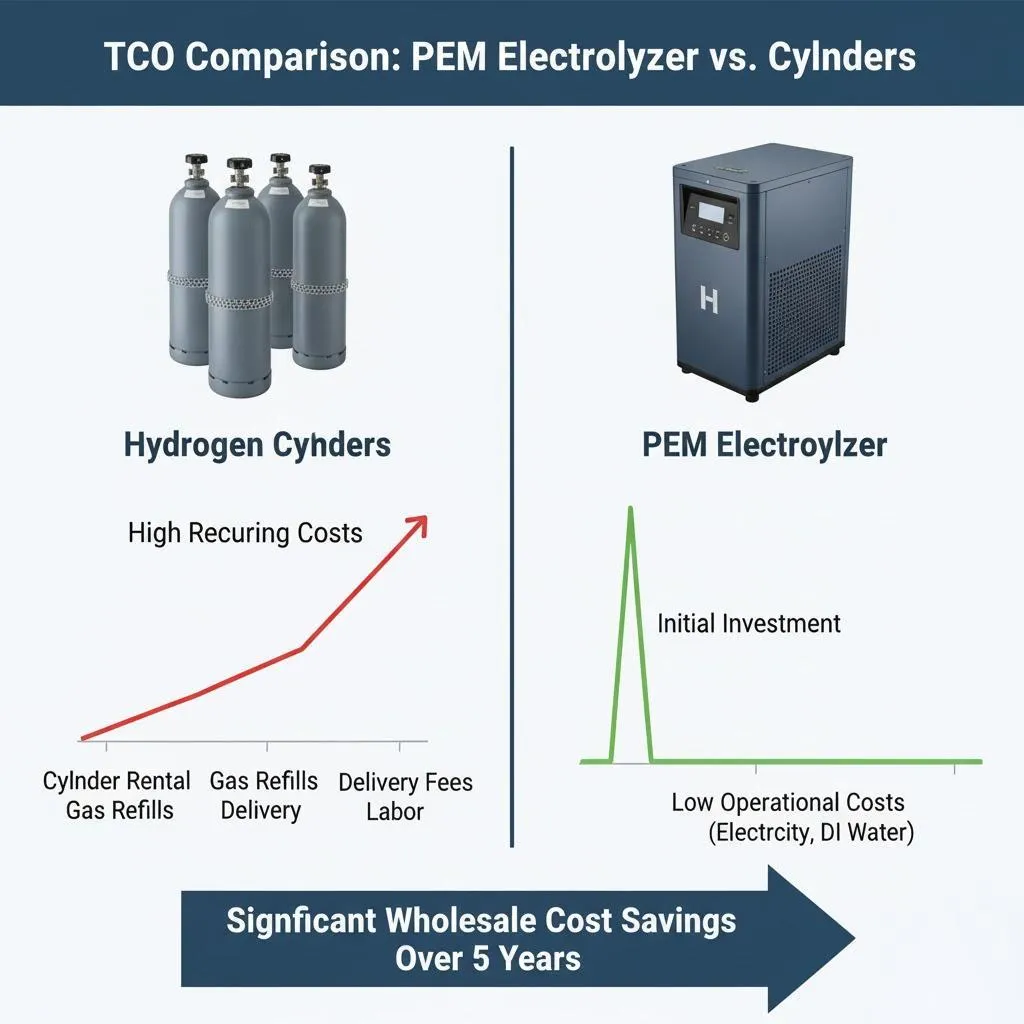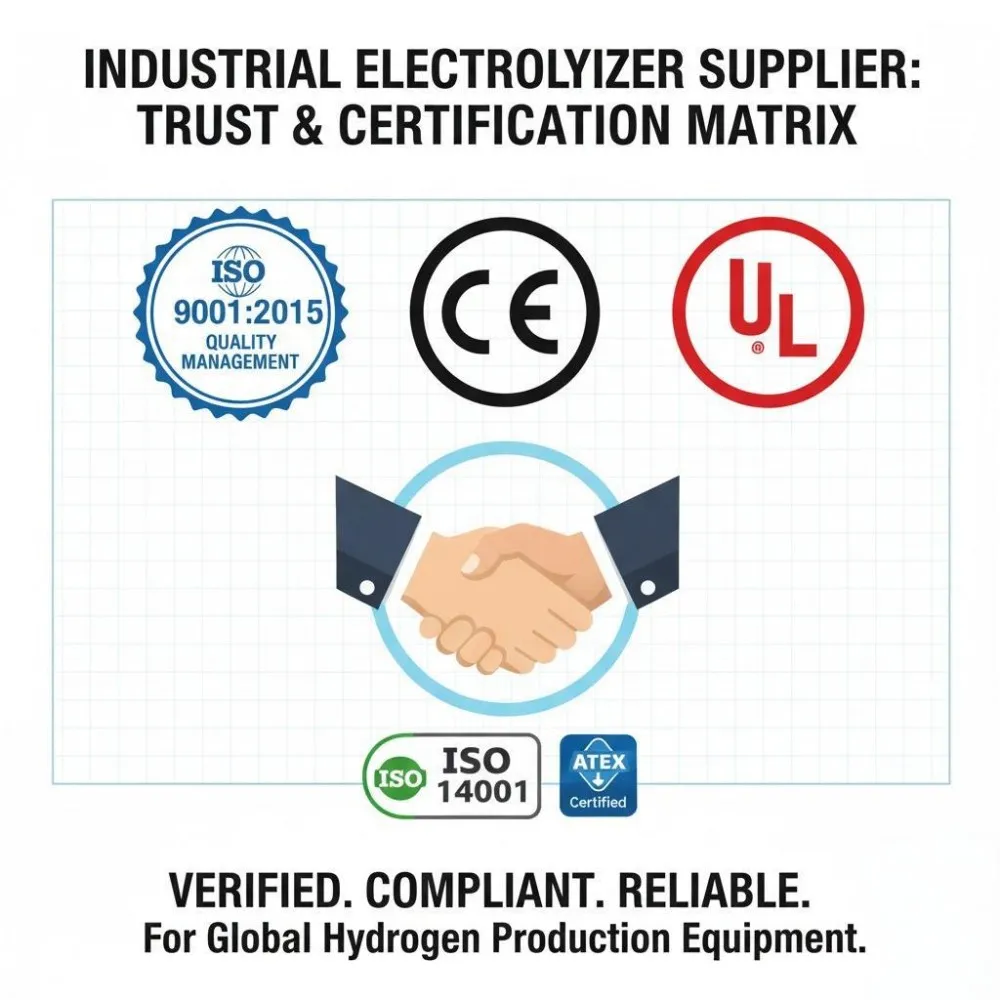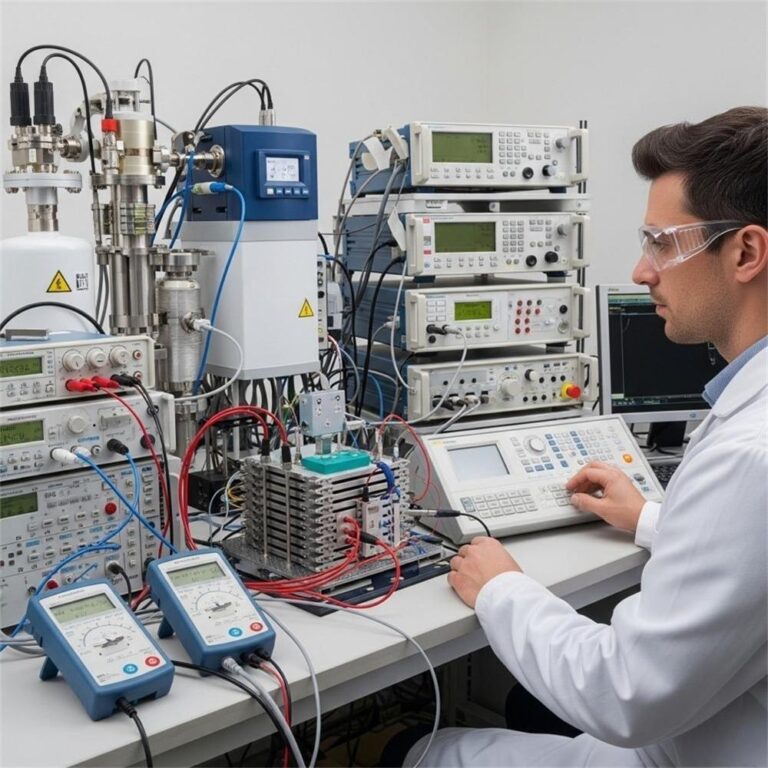Introduction
Imagine a remote medical clinic perched atop a quiet mountain range. Patients inside rely on life-saving machines, and doctors work tirelessly to keep things running smoothly. Suddenly, the power goes out.
A loud generator kicks in—disrupting the peace, causing anxiety, and interfering with sensitive equipment. Now, imagine instead a silent hydrogen generator taking over seamlessly—powerful, clean, and quiet. This is no longer a futuristic fantasy. It’s real, reliable, and revolutionizing energy for sensitive environments.
Hydrogen generators are emerging as a cornerstone of clean, renewable energy solutions. They offer zero emissions, exceptional efficiency, and now—near-silent operation. In sectors where peace and low disturbance are non-negotiable, the silent hydrogen generator steps in as the ultimate game-changer.
In this article, we’ll explore why silent hydrogen generators are ideal for sensitive settings, how they work quietly, and what makes them an eco-friendly powerhouse.
Understanding the Need for Silent Hydrogen Generators
Why Silence Matters
Certain environments demand not just reliable power—but quiet power. Locations such as:
- Hospitals and healthcare centers where noise can stress patients
- Libraries where silence supports learning and concentration
- Residential areas with strict noise ordinances
- Research labs conducting precision experiments
- Remote ecologically sensitive locations like wildlife monitoring sites
In these places, traditional diesel or gasoline generators pose a significant problem due to their loud operation and environmental drawbacks.
Limitations of Traditional Generators
Conventional generators:
- Operate at 70–100 decibels, equivalent to loud traffic
- Emit toxic fumes and greenhouse gases
- Require constant maintenance
- Disrupt the peace and natural ambiance
Silent hydrogen generators mitigate all of these concerns, offering reliable energy without the disturbance.
Noise Reduction Technologies in Hydrogen Generators
Key Technologies for Noise Control
1. Acoustic Enclosures High-grade soundproof casings encase the generator, trapping sound waves and reducing escape. These enclosures are built with materials like acoustic foam and layered composites.
2. Vibration Dampening Mounts Generators often create noise through mechanical vibrations. Anti-vibration mounts absorb shocks and prevent vibrations from resonating through surfaces.
3. Optimized Cooling Systems Fans and cooling systems are essential but noisy. Advanced designs now feature liquid cooling and whisper-quiet fans to cool efficiently without the noise.
4. Fuel Cell Technology Unlike combustion engines, hydrogen fuel cells generate electricity through an electrochemical reaction. This has no moving parts, dramatically reducing operational noise to as low as 30–40 decibels—so quiet it’s comparable to a library.
How Quiet Are They?
| Technology | Noise Level (dB) |
|---|---|
| Diesel Generator | 85–100 |
| Standard Gas Generator | 70–85 |
| Silent Hydrogen Generator | 30–45 |
These technologies combined ensure a nearly silent operation, suitable for the most sensitive environments.
Environmental Benefits of Eco-Friendly Hydrogen Generators
1. Clean Generation Process
Hydrogen generators work by splitting water or using stored hydrogen to produce electricity. There’s no combustion, meaning zero carbon emissions during operation.
2. Zero Emissions
Hydrogen fuel cells emit only water vapor as a byproduct. Unlike fossil fuel generators, they don’t release:
- CO₂ (carbon dioxide)
- NOx (nitrogen oxides)
- SO₂ (sulfur dioxide)
- Particulate matter
3. Integration with Renewables
These generators can pair seamlessly with solar panels, wind turbines, and battery storage systems, enabling continuous clean energy.
4. Reduced Carbon Footprint
Switching to silent hydrogen generators from diesel reduces the carbon footprint by up to 90% in some applications.
5. Sustainable Lifecycle
Hydrogen as a fuel can be generated from water using electrolysis powered by renewable energy, closing the loop for a fully green lifecycle.
Applications in Quiet Settings
Healthcare Facilities
Silent hydrogen generators are ideal for critical backup systems in hospitals and clinics. They ensure:
- Uninterrupted operation of medical equipment
- Calm, healing environments
- Compliance with hospital noise regulations
Research Laboratories
In labs handling sensitive instruments, silence is golden. Hydrogen generators eliminate mechanical interference and offer precision power stability.
Telecommunications
Silent power is essential in urban cell towers or emergency broadcast systems where noise can disturb local communities.
Residential Use
Homeowners in eco-conscious or quiet neighborhoods benefit from a noise-free backup power solution during outages or energy storage.
Remote Monitoring Stations
These stations—tracking weather, wildlife, or seismic activity—often lie in protected natural areas. Hydrogen generators ensure energy autonomy without disrupting ecosystems.
Emergency Shelters
Disaster relief areas require portable, clean, and quiet power. Hydrogen generators are a lifesaving alternative during crises.
Performance Metrics: Power and Efficiency
Key Performance Indicators
| Metric | Description |
|---|---|
| Power Output | Ranges from 1kW to over 100kW depending on model and application |
| Energy Efficiency | Up to 60% direct conversion, and even higher with cogeneration |
| Fuel Consumption | Varies by size—average is 0.5 kg H₂/hour for small units |
| Operational Lifespan | Typically 20,000–30,000 hours with minimal maintenance |
Advanced Features
- Smart Control Panels
- Remote Monitoring
- Automatic Load Balancing
- Scalable Design
These features ensure top-notch performance even in demanding conditions.
Product Comparisons: Silent Hydrogen Generators vs. Traditional Generators
| Feature | Silent Hydrogen Generator | Diesel Generator |
|---|---|---|
| Noise Level | 30–45 dB | 80–100 dB |
| Emissions | None | High CO₂, NOx |
| Fuel Type | Hydrogen | Diesel |
| Efficiency | 50–60% | 30–40% |
| Maintenance | Low | High |
| Environmental Impact | Minimal | Severe |
Silent hydrogen generators outperform traditional models in every critical area for sensitive or regulated environments.
Case Studies and Success Stories
1. Hospital in Sweden Deploys Silent Hydrogen Generators
A major hospital in Stockholm replaced its diesel backup system with silent hydrogen generators. The results were outstanding:
- Noise complaints dropped to zero
- Air quality in emergency bays improved significantly
- The hospital saved 15% annually on fuel and maintenance costs
The hospital also integrated these generators with solar panels, enabling a fully off-grid emergency energy solution during blackouts.
2. Remote Wildlife Monitoring in New Zealand
In New Zealand’s Fiordland National Park, a conservation group needed to power monitoring equipment in one of the most ecologically sensitive zones. Using traditional fuel generators was out of the question. The solution?
- Portable silent hydrogen generators
- Emission-free energy
- No disruption to wildlife
The organization reported zero negative environmental impact and 100% uptime during the winter months.
3. University Lab Switches to Hydrogen
At a university in Germany, a materials science lab switched to silent hydrogen power for experiments requiring vibration-free environments. Results:
- Noise reduced by 80%
- No power fluctuation
- More accurate testing results
These examples show the versatility and performance of silent hydrogen generators in real-world conditions.
Future Trends in Hydrogen Generator Technology
1. Compact and Scalable Systems
Modern hydrogen generators are becoming modular, enabling users to scale power from a few kilowatts to hundreds—perfect for both homes and large facilities.
2. Cost-Effective Fuel Production
Electrolyzers are improving, making on-site hydrogen generation from water and solar power more affordable than ever.
3. Improved Fuel Cell Efficiency
Next-gen PEM (Proton Exchange Membrane) fuel cells are reaching efficiencies over 65%, with longer lifespans and even quieter operation.
4. AI-Driven Monitoring
Integration of AI and IoT enables:
- Predictive maintenance
- Smart load balancing
- Remote diagnostics
These innovations make silent hydrogen generators even more attractive for critical infrastructure.
5. Policy and Investment Growth
Governments and green investors are prioritizing decarbonized power solutions, making hydrogen infrastructure more viable through:
- Tax incentives
- Grants
- Carbon credits
This will accelerate adoption across industries.
Frequently Asked Questions (FAQs)
1. What makes a hydrogen generator silent?
Silent hydrogen generators use fuel cell technology, which has no combustion or moving parts, drastically reducing noise. Advanced insulation and cooling systems further suppress sound.
2. Are silent hydrogen generators safe to use indoors?
Yes, many units are designed for indoor or enclosed space use. They emit only water vapor and include robust safety mechanisms like leak detection and automatic shutoff.
3. How long can a silent hydrogen generator run?
Operational time depends on fuel storage, but many systems offer continuous runtime as long as hydrogen is supplied—ideal for backup or remote operations.
4. Can I connect a silent hydrogen generator to solar panels?
Absolutely. Hydrogen generators pair perfectly with solar and wind systems, storing excess energy in hydrogen form for use when sunlight isn’t available.
5. What is the cost comparison between hydrogen and diesel generators?
While upfront costs are higher, lifetime operational costs are lower due to less maintenance, no fuel emissions, and potential subsidies or tax breaks.
6. Is hydrogen fuel readily available?
Hydrogen infrastructure is growing. For remote use, portable hydrogen tanks or on-site hydrogen production units can ensure constant supply.
Conclusion
Silent hydrogen generators represent the perfect synergy of environmental responsibility and technological innovation.
They provide quiet, clean, and efficient power—ideal for settings where noise, emissions, and reliability matter most. From hospitals and research labs to residential homes and remote wilderness stations, these generators are changing how we think about backup and off-grid energy.
As industries and communities continue their shift toward sustainable solutions, silent hydrogen generators will play an increasingly critical role. They not only meet the standards of today’s noise and emissions regulations but also align perfectly with tomorrow’s vision for a greener planet.
🔋 Ready to make the switch? Explore our latest range of silent hydrogen generators and take the first step toward a cleaner, quieter future.







